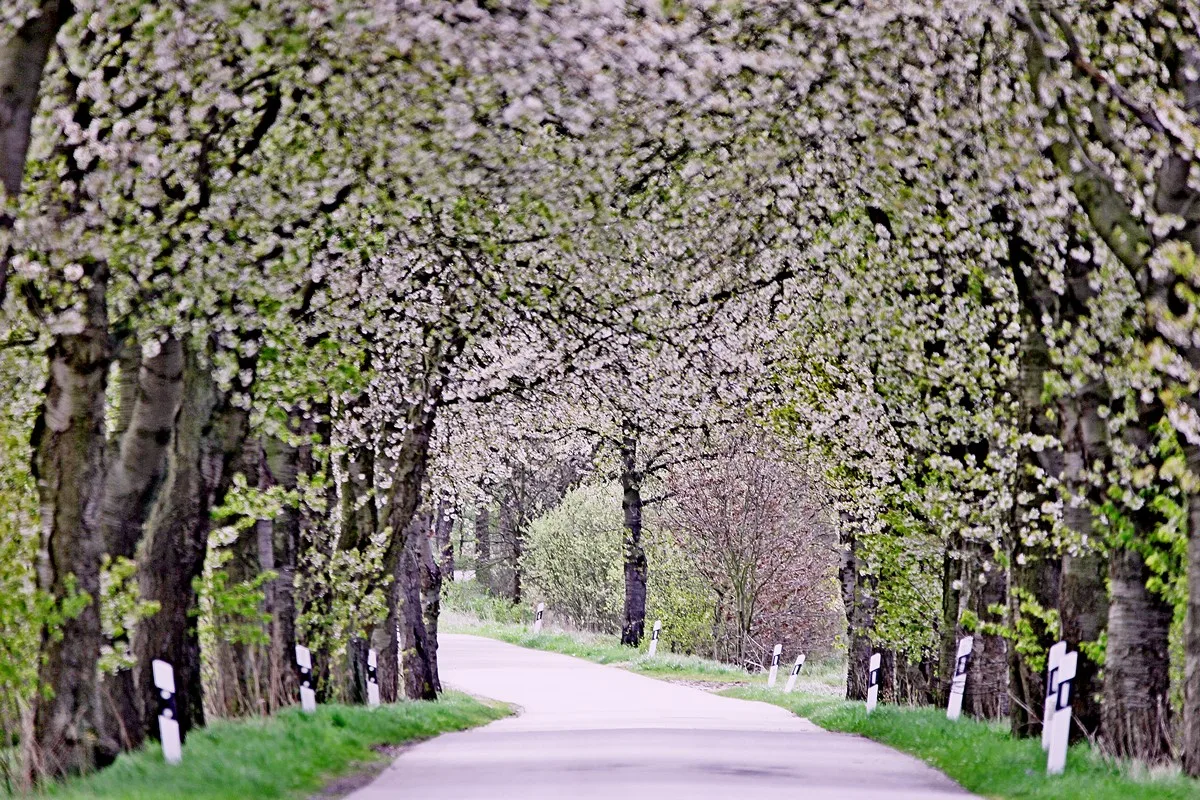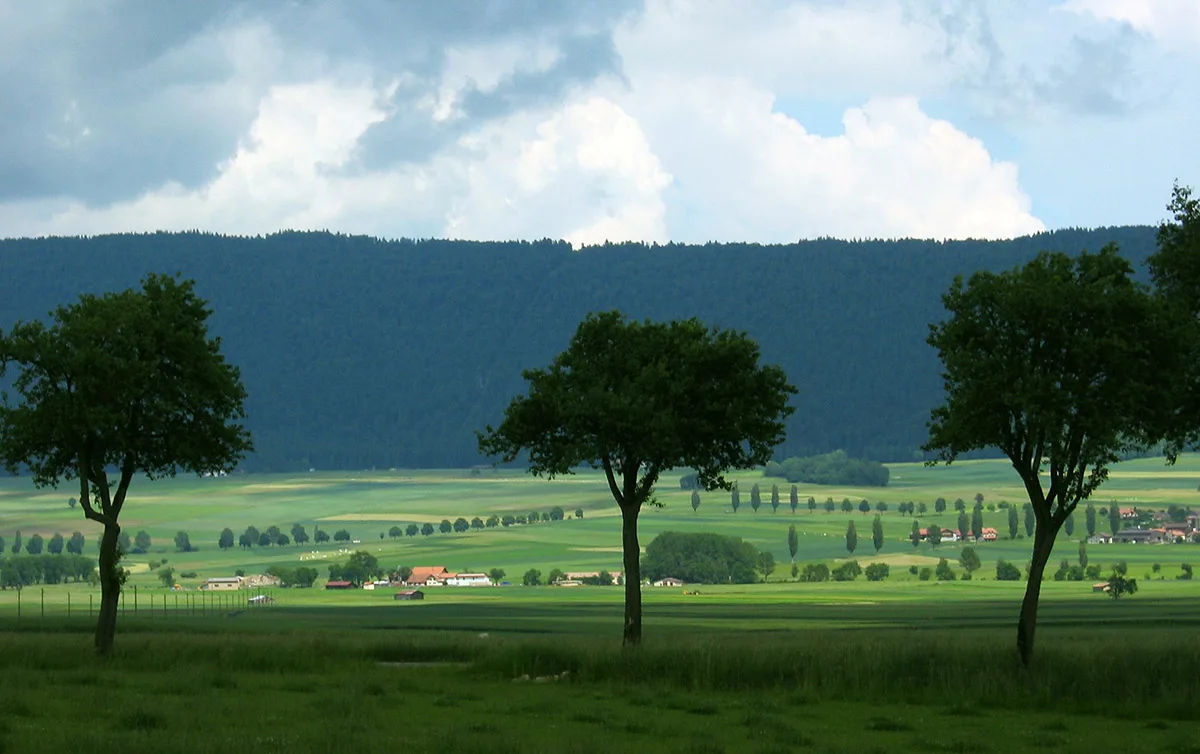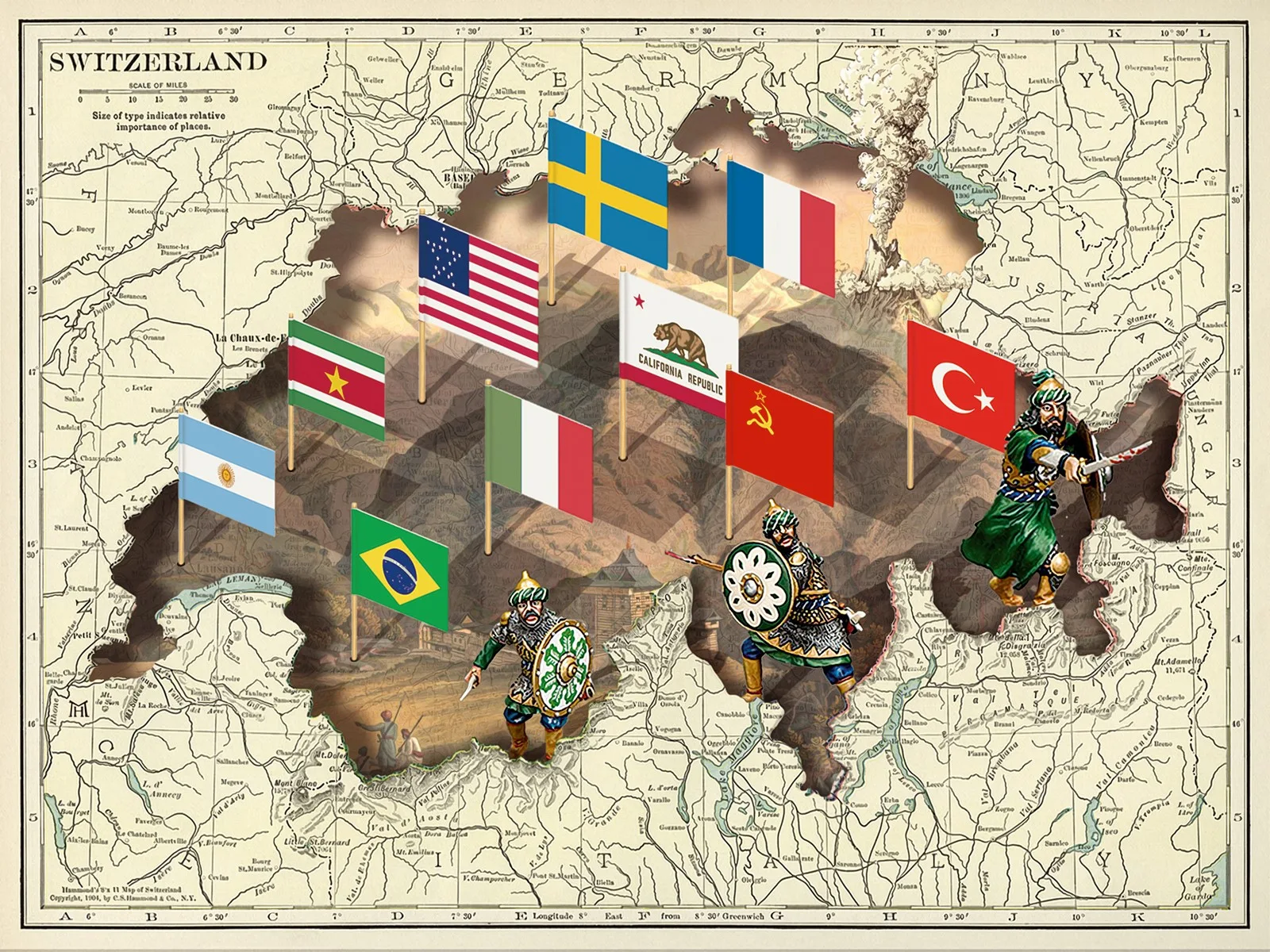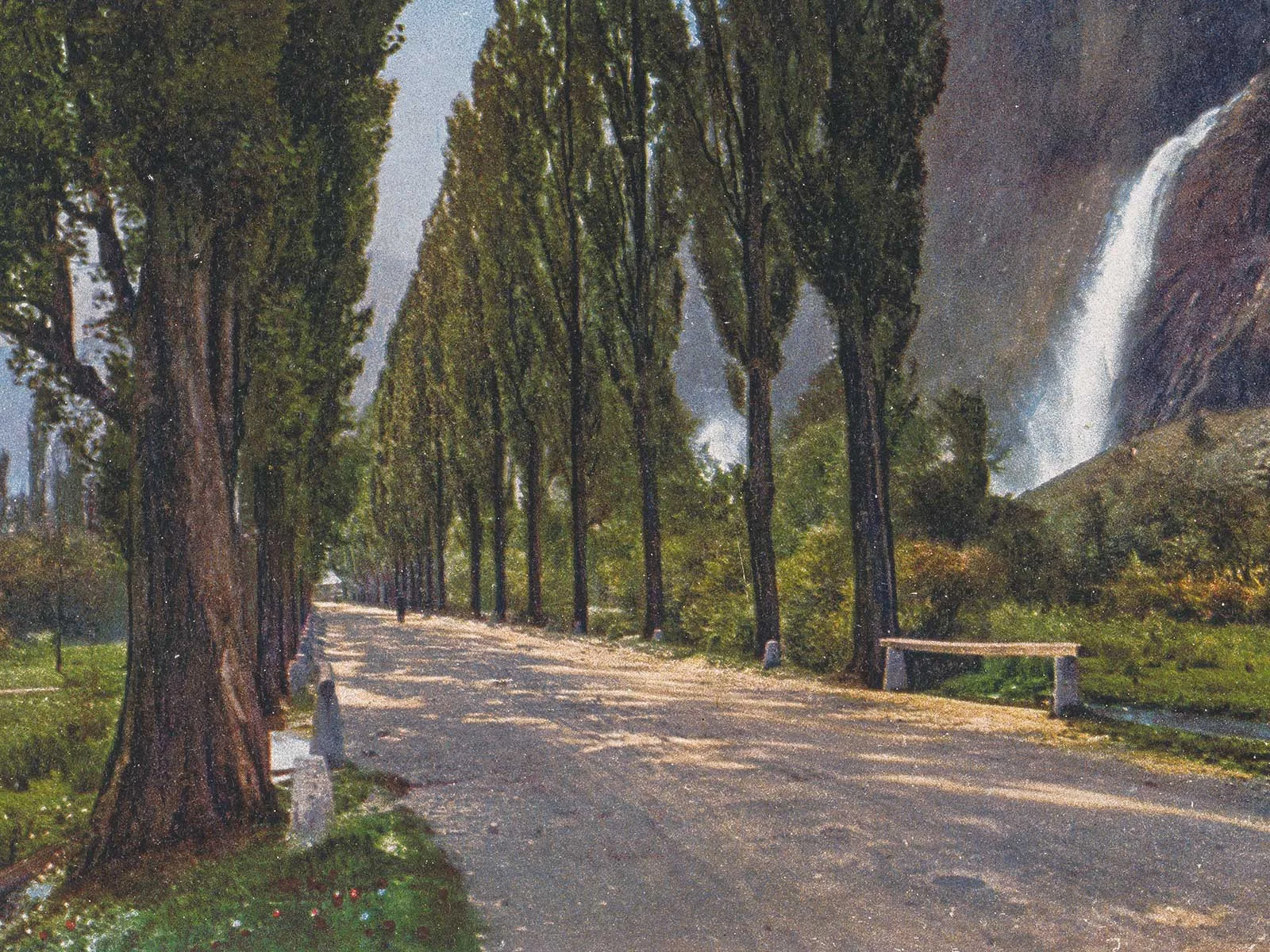
Rows of trees with many different functions
Our cousins to the north and west boast hundreds of them: tree-lined avenues. Rows of trees are a defining feature of many French and German cities and rural landscapes. Here in Switzerland, avenues have never had the same significance. But they’ve always been here, though. One particular avenue of trees has recently been crowned Switzerland’s “Landscape of the Year 2022”.
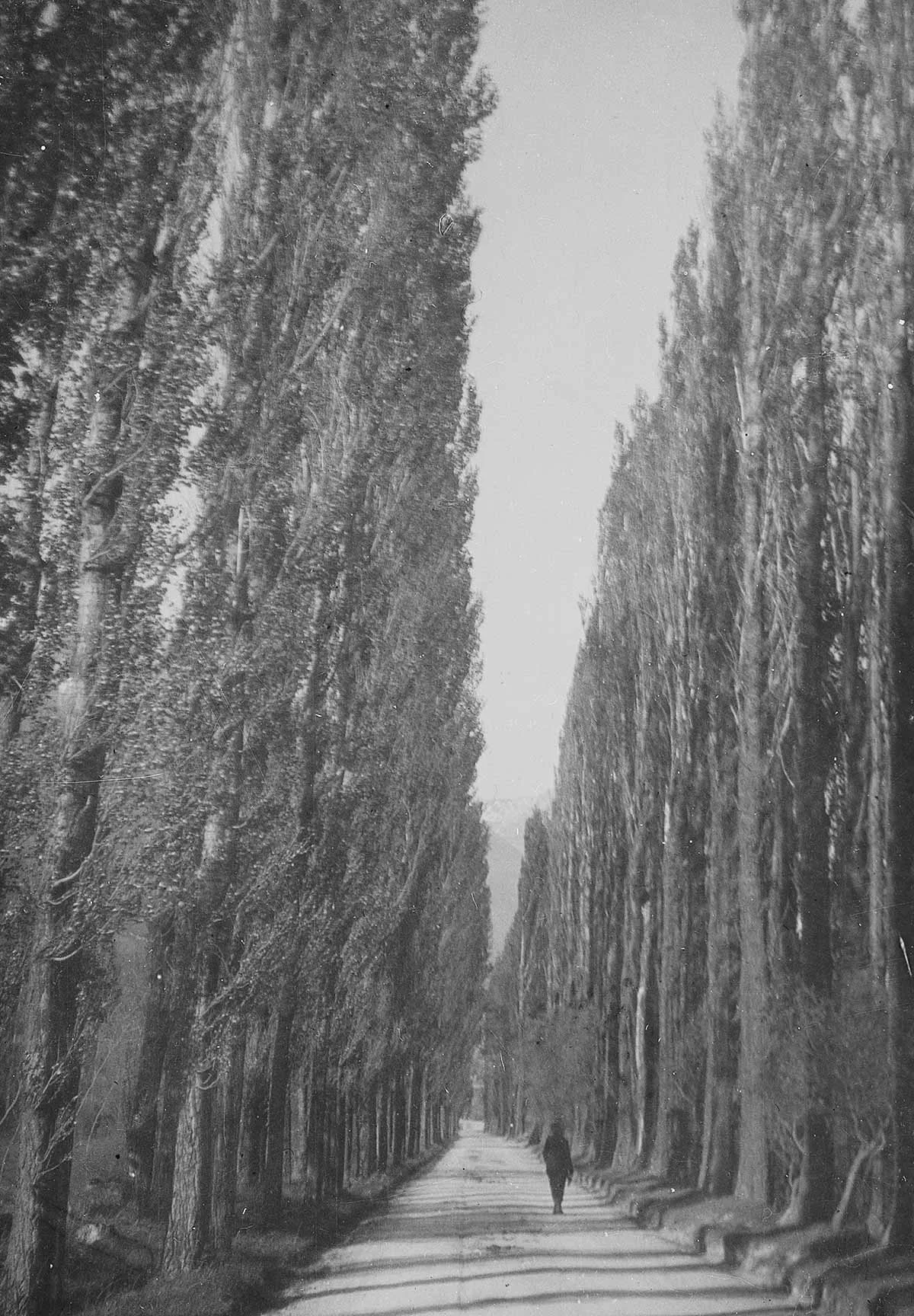
For purposes of military strategy
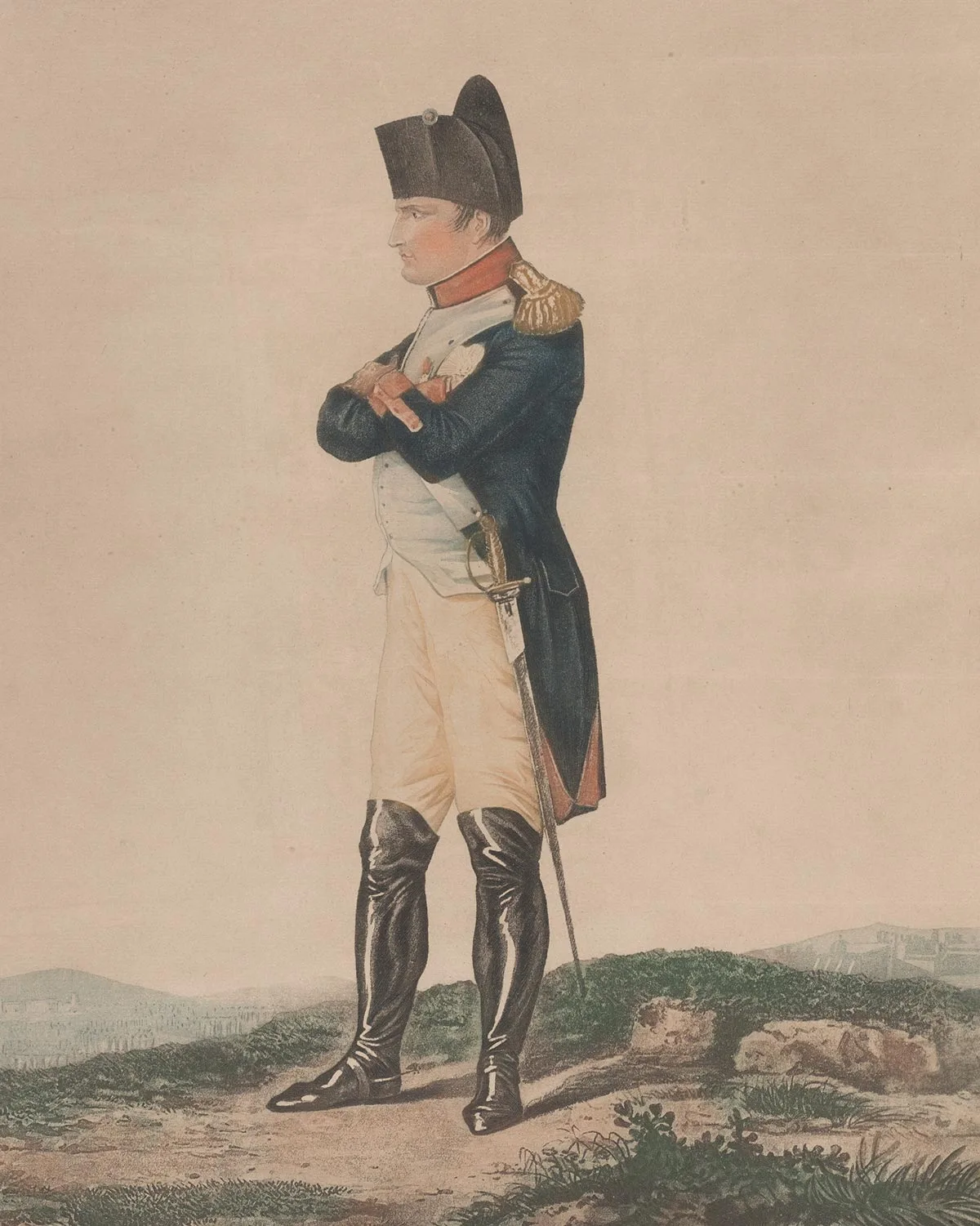
For quality of life
